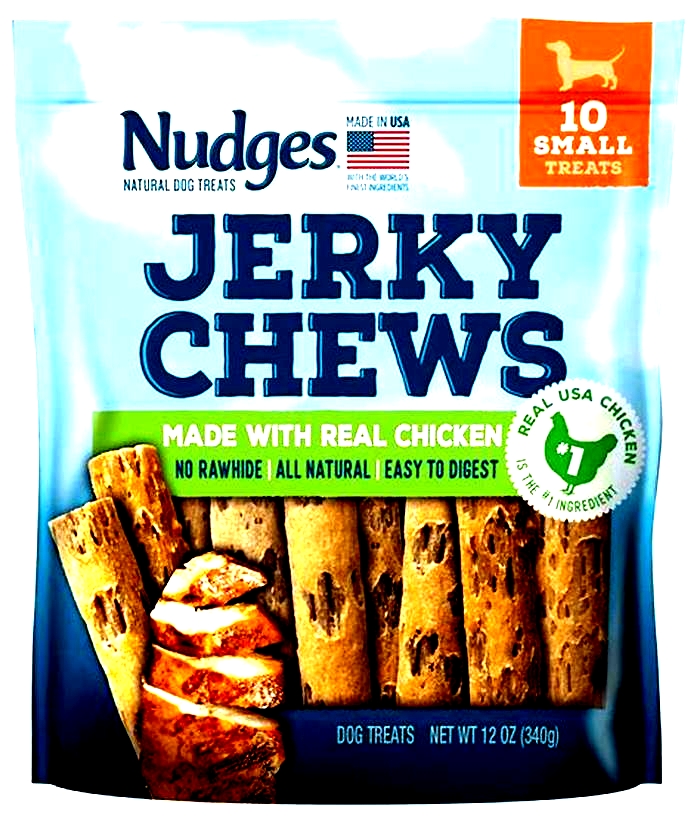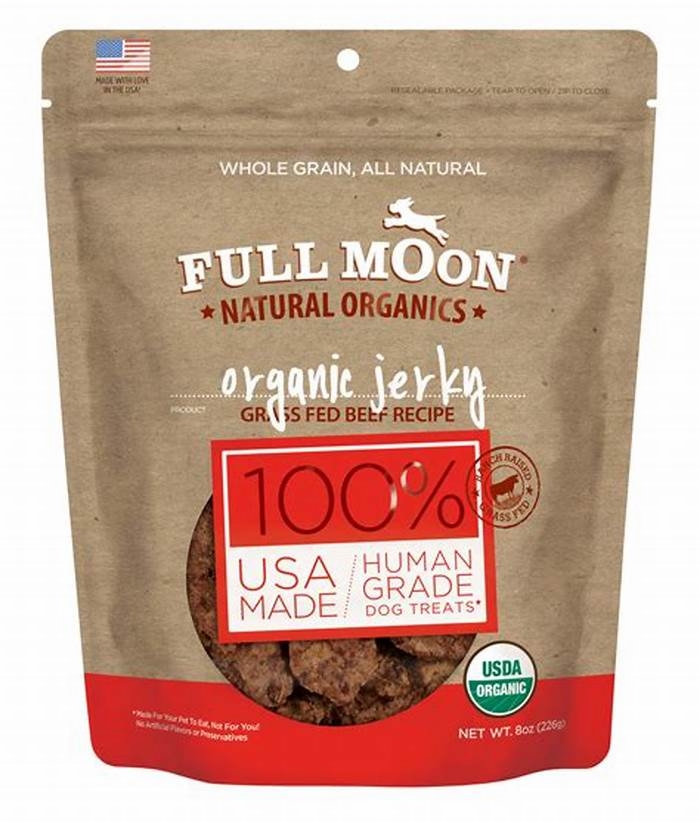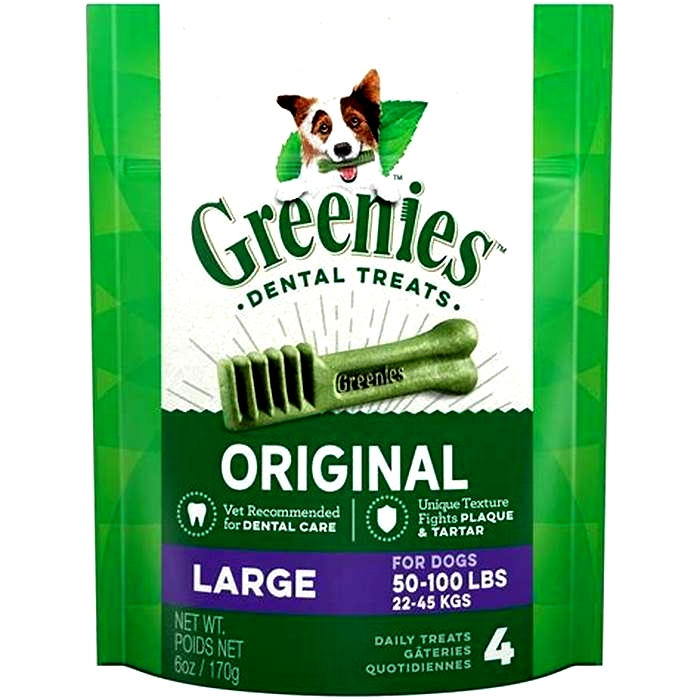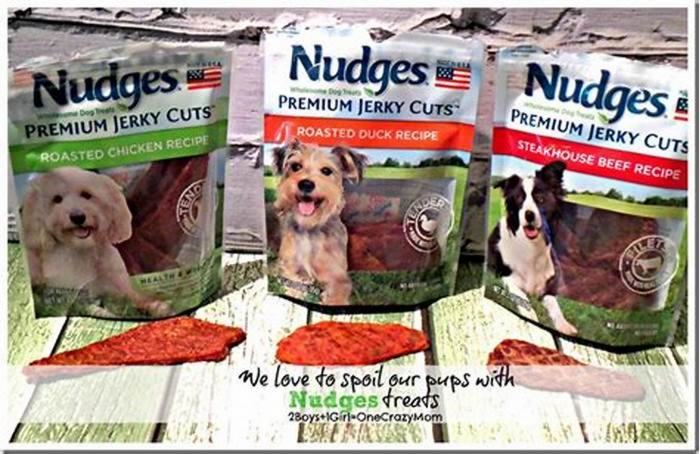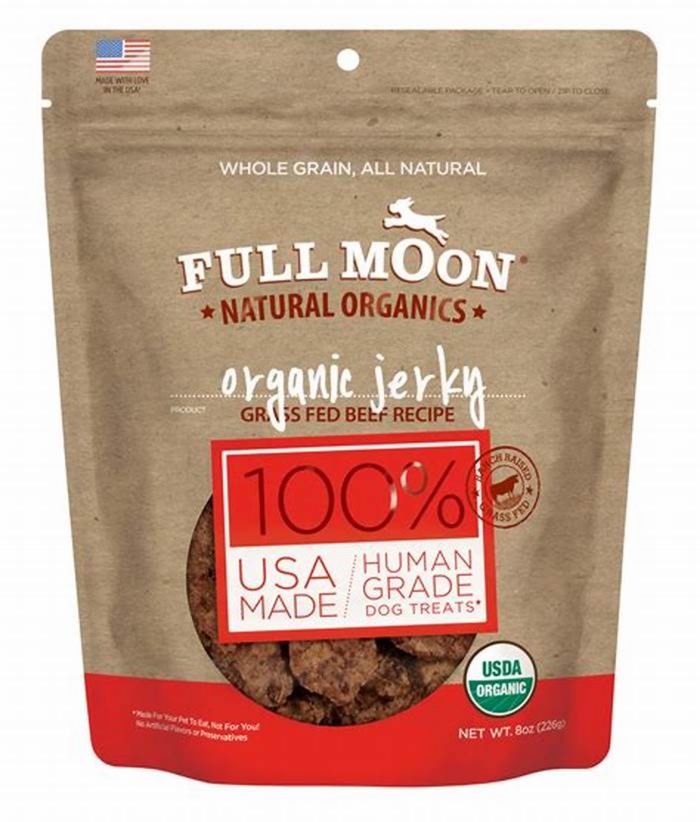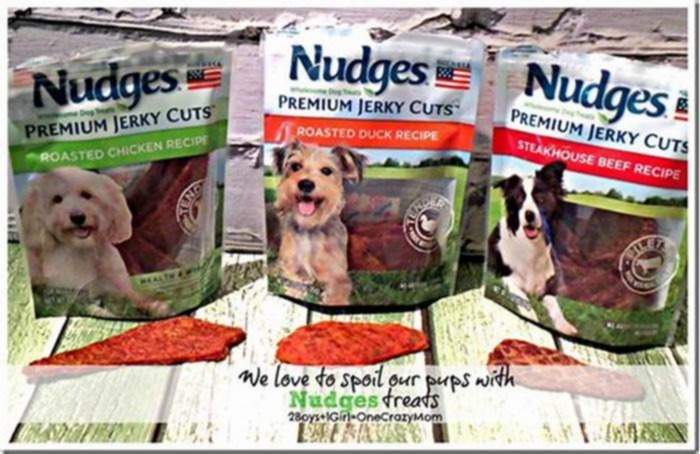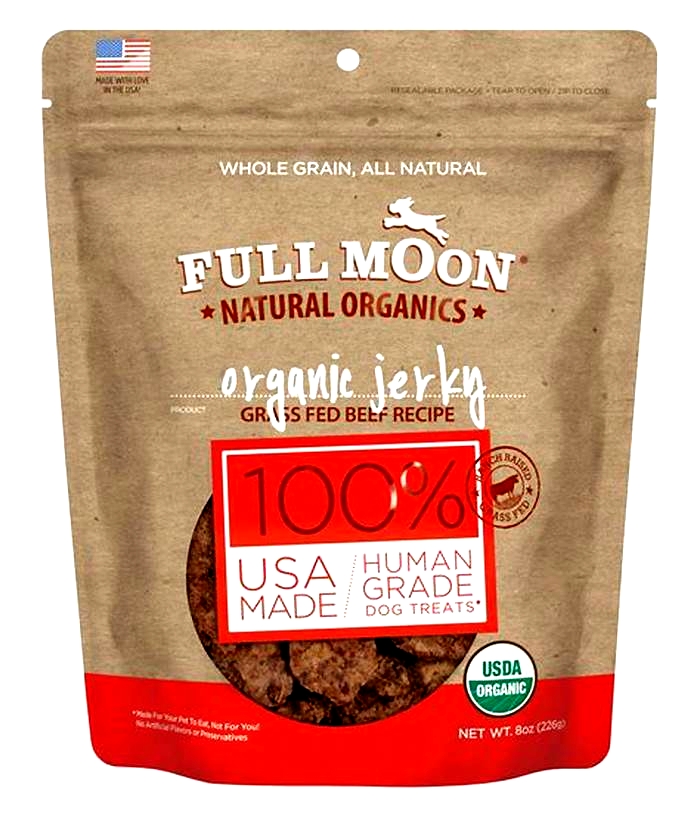are greenies cat treats safe for dogs
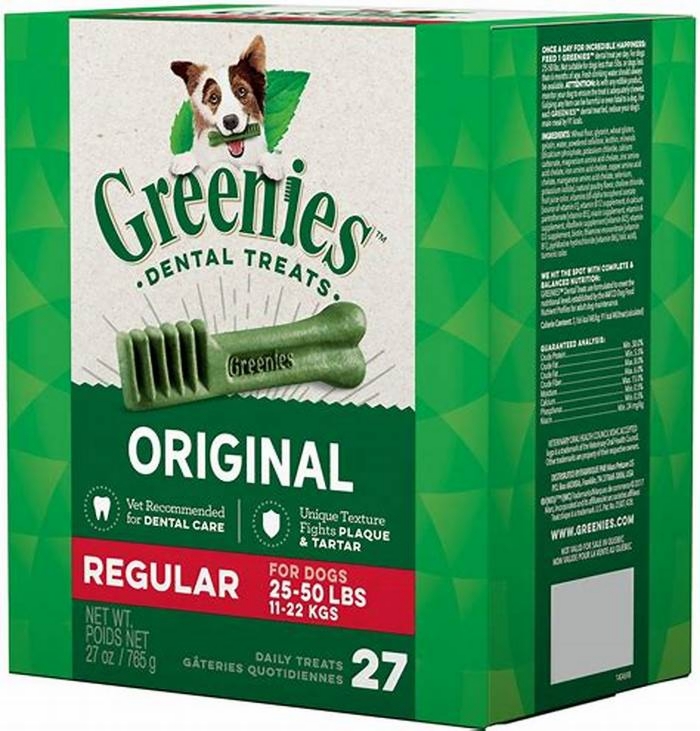
Greenies Puzzle: Insights and Safety Scoops!
Welcome to our deep dive into the Greenies controversya tale of pet health, dental treats, and the lengths to which companies and pet owners go to ensure the safety of our furry friends.
The Chew on Greenies: A Timeline of Concerns
2006: The FDA Sniffs Around
Reports emerge of pets facing intestinal blockages after munching on Greenies. The FDA steps in to investigate, turning the pet worlds attention to the potential dangers lurking in dental treats.
Post-Outcry: A Label Makeover
In response to public concern and adverse events, S&M NuTec revamps Greenies packaging to include warnings. Its a step towards transparency, but does it address the root of the issue?
The Present Chew: Still a Hard Pill to Swallow?
Recent online chatter suggests some Greenies batches could double as doggy dental destroyers due to their hardness. Are your pets pearly whites at risk?
Mars Inc. Bites Back
Mars, the current custodians of Greenies, have reformulated the treats to enhance safety and digestibility. They claim these new Greenies break down quicker, aiming to reduce the scare of blockages.
Navigating the Treat Aisle: Your Guide to Pet Dental Health
1. Understanding the Treats: Labels & Ingredients
Do Your Homework: Always read and understand the labels. If the ingredient list reads like a chemical warehouse inventory, think twice.
Real Meat, Real Benefits?: Look for treats with recognizable, quality ingredients.
2. The Hard Truth: Assessing Treat Safety
Bite Test: If the treat feels like it could break a window, its probably not ideal for your dog.
Dissolve Dilemma: Drop a piece in water. Does it soften or remain as impenetrable as a mystery novels plot twist?
3. Every Dog Has Its Day: Know Your Pet
Size Matters: A treat suitable for a Great Dane might not be the best pick for a Chihuahua.
Age and Dental Health: Senior dogs or those with dental issues might require softer options.
4. Supervised Snacking: A Safety Net
Eyes on the Prize: Always supervise your pets when theyre enjoying a treat. Its not just about choking hazards; its about ensuring theyre chewing properly.
5. The Alternatives: Exploring Other Options
Plant-Based Pleasures: Consider safer, softer alternatives. Vegetables like carrot sticks can be a great choice for some dogs.
DIY Delights: Homemade treats can be tailored to your pets needs and are a fun way to ensure their safety and health.
Final Thoughts: Chew on This
While Mars Inc. has taken steps to mitigate the risks associated with Greenies, skepticism among pet owners remainsa testament to the enduring bond we share with our pets and our relentless pursuit of their health and happiness. Remember, no two pets are alike; whats a treat for one could be trouble for another. Always prioritize your pets health, consult with a vet, and keep those tails wagging safely.
Q: Dr. McTailwagger, theres been a lot of bark about dental treats. Can you shed some light on how important dental health is for pets?
A: Absolutely! Imagine if you skipped brushing your teeth for a week, let alone a lifetime. The thought alone sends shivers down your spine, right? Our pets face similar challenges. Dental health in pets is not just about fresh breath or avoiding yellow teeth; its a cornerstone of their overall health. Poor dental hygiene can lead to periodontal disease, which can spread bacteria into the bloodstream, affecting the heart, liver, and kidneys. Its not just about avoiding a toothache; its about ensuring a happy, healthy life for our furry companions.
Q: With concerns around certain dental treats, what should pet owners look for when selecting a treat for dental health?
A: Great question! The key is balance. You want a treat thats hard enough to assist in scraping away plaque but not so hard that it risks damaging teeth or causing digestive issues. Look for products with a Veterinary Oral Health Council (VOHC) seal. This indicates the treat has been tested and proven to reduce plaque or tartar. Ingredients matter, too. Natural ingredients with anti-inflammatory and antibacterial properties, like coconut oil or turmeric, can provide additional health benefits.
Q: Are there any signs that a treat might not be suitable for a pet?
A: Definitely. First off, observe your pets reaction. If theyre struggling to chew or show disinterest, it might not be the right fit. Signs of gastrointestinal discomfort post-snacking, like vomiting or unusual stool, can also be red flags. And, of course, any changes in dental healthsuch as new chips or cracks in the teethwarrant a second look at their chewables.
Q: Theres a lot of DIY pet treat recipes out there. Any advice for pet owners looking to go the homemade route?
A: DIY treats can be a fantastic way to control what goes into your pets diet and cater to their specific health needs. The golden rule is simplicity. Start with a few basic ingredients known to be safe and healthy for pets, like pumpkin, sweet potato, or lean meats. Avoid anything toxic to pets, such as onions, grapes, and chocolate, and keep an eye on calorie intake. Creativity is your friend, but so is caution; always research an ingredient if youre unsure about its safety.
Q: With a myriad of dental care products on the market, how can pet owners make educated choices?
A: The pet care aisle can indeed feel like a jungle, teeming with products all claiming to be the best. The first step is to look beyond the packaging. Products endorsed by reputable veterinary organizations or those that have undergone scientific scrutiny stand out from the crowd. Ingredients are the heart of any product. Opt for treats with simple, recognizable components that contribute to dental health, such as parsley or mint for fresh breath, and avoid those laden with fillers or artificial sweeteners. Finally, remember that variety is the spice of lifeeven in dental care. Rotating between different types of dental care products can prevent boredom and address various aspects of dental health.
Q: Can the same dental treat work for every pet?
A: Just like humans, pets have individual needs and preferences that can make the idea of a universal solution quite far-fetched. The size and breed of your pet can significantly influence the suitability of a dental treat. Larger breeds might make quick work of treats meant for smaller mouths, deriving little dental benefit. Conversely, smaller pets might find larger treats daunting or even hazardous. Additionally, pets with specific health issues, like diabetes, require treats that cater to their dietary needs. Tailoring your choice of dental treat to your pets unique requirements is not just beneficialits essential.
Q: How does a pets overall diet affect their dental health?
A: Diet plays a pivotal role in dental health, wielding the power to either defend against or contribute to dental issues. Dry food, often touted for its dental benefits due to its abrasive texture, can help reduce plaque buildup. However, its crucial to balance this with the nutritional completeness of your pets diet. Foods rich in vitamins, minerals, and specifically those that promote dental health, such as foods containing calcium and phosphorus, can strengthen teeth and bones. Conversely, a diet high in sugary treats or carbohydrates can foster an environment ripe for dental decay and gum disease. Integrating raw bones or special dental diets can also contribute positively to oral hygiene, provided they are used judiciously and under veterinary guidance.
Q: In light of ongoing concerns about certain dental treats, what final advice would you offer pet owners?
A: Vigilance and education are your best allies. While its easy to get swayed by trends or swamped by the sea of available information, returning to the basicsquality ingredients, appropriate sizing, and vet recommendationscan guide you through making safe choices for your pet. Engaging with a community of pet owners, whether through forums, social media, or local pet groups, can also offer real-world insights and support. Most importantly, never underestimate the value of regular veterinary check-ups. A professionals perspective can not only help tailor your pets dental care routine but also catch potential health issues before they escalate. In the realm of pet dental health, proactive, informed care is the beacon that guides the way to wellbeing.
HELP US PUT FOOD ON THE TABLE
8 Best Cat Treats, According to Veterinarians
"Bonding, dental health, stressful situatioins or events, rewarding wanted behaviors all those times are warranted to give your cat a treat," Dr. Lippman says. Factors to consider when deciding what treats to serve Their Royal Highness, your cat:
Ingredients: Fortunately, Dr. Lippman says there are no cat treat ingredients you must avoid. You're free to pick a flavor that you think your cat will enjoy and can trust even a long ingredient list.
The potential household things that are toxic to cats have nothing to do with cat treats. Dr. Lippman puts lilies on the top of her watch list, because they're often in floral bouquets that cats might try to chew.
Price: It's counterintuitive, but single ingredient cat and dog treats are generally more expensive than those that have a lot of ingredients in their formula. It's kind of like serving a steak versus serving a hamburger. We've listed out the price per ounce in case that helps you decide what you want to spend.
Form: There are dry, crunchy cat treats; soft cat treats; freeze-dried cat treats; flaked cat treats and lickable cat treat pastes. Choosing is a matter of taste (your cat's!) and what you'd like to do with the treat. If you're looking to keep their teeth healthy or hide the treats in a toy, you'll want the dry cat-food pieces. If you want your cat to swallow medicine, a soft treat can hide a pill. And if you're looking to slow your cat down who might normally gulp, a puree that has to be licked up can help.
As always, if you have any questions about cat treats or anything else for your feline, we encourage you to talk to your kitty's own veterinarian. Especially if you are looking for the best cat treats for a kitty with a sensitive stomach, or treats for a cat with a kidney disease, you'll want to consult the doctor.
Can dogs eat cat treats? Everything you need to know
Some pooches will eat anything but, in reality, can dogs eat cat treats? Its easy to see why there would be a temptation to give dog food fit for a kitty sometimes the cupboard is bare, your pup is hungry and theres a big stash of cat food waiting to be scoffed. But is dishing out those treats actually safe and is there any nutritional value to be had?
Here were going to explore that very topic, with expert advice from vet Dr Joanna Woodnutt. In the course of coming up with an answer, well look at the differences between cat and dog treats and any steps you might want to take if youre tempted to hand out the best cat treats. Were also going to look at what the consequences might be if your dog had inadvertently eaten some and the ingredients that you should avoid.
Of course, none of this would be an issue if you stocked up with the best dog treats or even made use of 12 natural treats for dogs you can feel from your kitchen. Its also worth grabbing hold of the longest lasting dog chews so that you know your pooch can always have something to get their teeth around. But given how adventurous dogs can be, that may not entirely satisfy. So lets see what Dr Woodnutt had to say.
Dr Joanna Woodnutt
Dr Joanna Woodnutt graduated from the University of Nottingham in 2016 with a degree in veterinary science. Shortly after, Dr Woodnutt went to practice companion animal medicine in the Midlands, UK. She quickly developed a love of consulting and helping clients with medical problems such as dermatology, behavior and nutrition.
What is the difference between dog treats and cat treats?
There are certain treats that you will only find marketed for the consumption of dogs: dog chews, dried natural treats, and bones. Theres a reason for this. Dogs are natural chewers but cats are not, which is why they dont have an equivalent. Instead, cats tend to eat freshly killed prey of a small enough size that their teeth can quickly crunch through bones. Dogs, meanwhile, tend to prefer long, chewable stick-like treats rather than something that can be eaten quickly.
But there is a type of treat that is similar for both cats and dogs. And that is a dog training treat something which is similar in size and content to the best cat treats. Theyre often meat-based, although many lower cost brands will include plant materials and grains to produce a kibble-like treat. The main difference is that cat treats are slightly more likely to contain chicken and fish rather than beef and lamb, and theyre also often smellier than dog treats. Dog treats are usually larger than cat treats and may contain more calories per treat.
Can dogs and cats eat the same treats?
Given what weve just said, you can assume that, yes, dogs can eat cat treats. The same, however, isnt true the other way around. A one-off dog treat given to a cat is unlikely to harm but dog treats can sometimes contain small amounts of ingredients that are toxic to cats. They might contain ethylene glycol, onion, or garlic. These treats will have been manufactured to be safe for dogs and tested thoroughly but they wont have been tested on cats.
Do I need to be wary when feeding cat treats to a dog?
There are a few basic rules you need to apply to safely feed cat treats to your pooch:
1. Dont make a habit of it!
Its not a good idea to feed cat treats to your dog daily. After all, they are different species with different nutritional needs. Cat treats are often too small to be interesting to most dogs many will be happier with one of the longest lasting dog chews.
2. Stick to the 10% rule
Treats, whether dog or cat, are nutritionally incomplete they dont contain all the nutrients required to thrive. This means that, alongside other incomplete sources, they should never make up more than 10% of your pets daily calorie allowance. When youre working out how many cat treats your dog can have, look at their total daily calorie allowance, then find 10%. Now, take off calories for any table scraps, dog treats, dental chews, or other snacks they get. Whats left is how many calories they can have in cat treats and its probably not many!
3. Check the ingredients
Its a good idea to check the ingredients list for red flags before feeding anything to your pet. Although cat treats are unlikely to contain ingredients that are toxic to dogs, they can be extremely high in fat, which may cause pancreatitis in susceptible dogs.
Can dogs eat catnip?
Some cat treats contain catnip but is catnip for dogs safe? Again, the answer is yes and, the bonus is that dogs dont have the same reaction to catnip as cats so you dont need to worry about sending your pooch wild. This means you neednt call a vet if your dog has eaten catnip from the garden, dried catnip, or a catnip treat. Nor, for that matter, should you panic if a dog has eaten one of the best catnip toys.
What happens if my dog eats cat treats?
Giving dogs cat treats only becomes a problem if you give a pooch too many. Cat treats are often higher in fat than dog treats and over-consumption can cause pancreatitis. You may, however, still want to monitor your dog at home after they have eaten cat treats. Look out for signs of stomach upset, including abdominal pain, vomiting, and diarrhea, and call your vet if you become worried about your dog at any time.
So, can dogs eat cat treats?
Cat treats are generally safe for dogs to eat, but dog treats are not always safe for cats. Its fine to feed your dog the occasional cat treat as a reward if they enjoy them but make sure you arent feeding them too many, or you could cause pancreatitis, obesity, or a nutritional deficiency.

